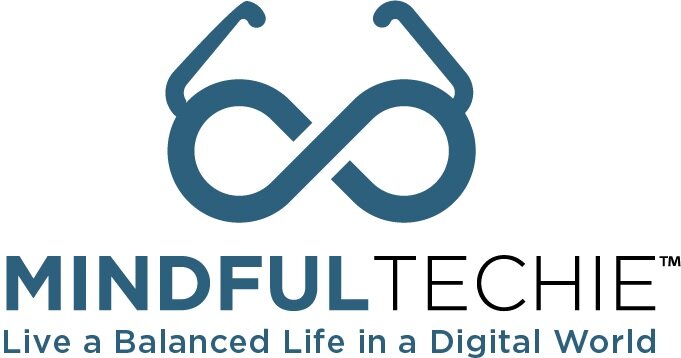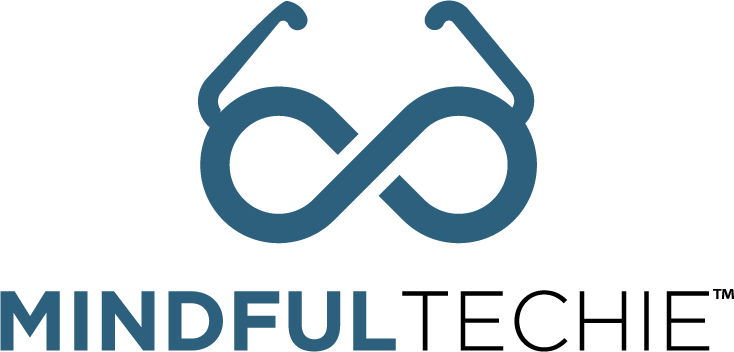3 Ways Grantmakers Can Jumpstart a Culture of Well-Being for Employees and Grantees
As a grantmaker, you’re on a mission to make a positive impact in your community through grantmaking. You love what you do, but sometimes it seems there’s never enough time, staff, and resources to get ALL the things done while taking care of yourself at the same time.
You know your well-being should be a top priority if you want to be effective over the long haul, but most of the time this seems unrealistic given the number of urgent and important items on your never-ending to-do list. You also worry about the well-being of your team and grantees but aren’t sure where to start with making a permanent shift from a burnout culture to a culture of well-being.
If this sounds familiar, you’re not alone. Over the course of my career in the government and nonprofit sectors, I experienced my fair share of burnout and overwhelm in the name of saving the world. I also witnessed countless friends and colleagues have similar experiences. And according to the Wellbeing Project, a global non-profit organization focused on catalyzing a culture of inner well-being for all changemakers, changemakers face increasing levels of burnout, stress, depression, chronic illness, and weak personal and professional relationships.
Since the COVID-19 pandemic, I’ve also heard from many changemakers, including funders like you, about how today’s changing world has resulted in increased stress, uncertainty, and social isolation, as well as a decrease in overall well-being.
I know you’re doing great work. But the truth is, you can’t give your best if you’re not at your best. And if you’re not around to help create a positive impact in your community, then who will be?
Align Your Mission and Values to Fuel Sustainable Impact
Creating a healthier workplace for yourself, employees, and grantees requires a long-term commitment to transforming burnout culture, where exhaustion is an accepted norm, to a culture that supports our whole health and fuels us to do good work in a sustainable way for the long haul. It’s about more than occasional gift cards, branded swag, and virtual happy hours. It’s a continuous journey of aligning your organization’s mission and values with how you treat your team and grantees and go about the work of grantmaking to create a better community—and this doesn’t happen overnight.
Creating a healthier workplace for yourself, employees, and grantees requires a long-term commitment to transforming burnout culture, where exhaustion is an accepted norm, to a culture that supports our whole health and fuels us to do good work in a sustainable way for the long haul. It’s about more than occasional gift cards, branded swag, and virtual happy hours. It’s a continuous journey of aligning your organization’s mission and values with how you treat your team and grantees and go about the work of grantmaking to create a better community—and this doesn’t happen overnight.
As a grantmaker, you have a sacred opportunity to co-create with your employees and grantees a vision for a permanent culture of well-being for your organizations and to enroll your team and grantees in helping you fulfill that vision. Ultimately, a healthier workplace isn’t a nice-to-have; it’s a must-have. The benefit is more resilient, productive, and successful employees and grantees and a greater positive impact in your community.
To support your journey, here are three ways you can get started with cultivating a culture of well-being for your organization:
1. Pause and refill your own cup.
The first place to start with organizational change is with your closest sphere of influence as a grantmaker—you!
As flight attendants remind us, you must secure your own oxygen mask first before assisting others. This concept also applies to pouring into yourself personally and professionally. If you’re consistently pouring from a full or overflowing cup, you set yourself, your team, and grantees up for sustained long-term success. Otherwise, your cup runs dry, you burn out, and your organizational change efforts stall or do more harm than good.
Start securing your own oxygen mask today by pausing and asking yourself: What’s one small step I can take in the next seven days to improve my well-being?
This should be something you can do in 15 minutes or less. Here are a few ideas:
Call human resources to see if mental health services are included in your insurance plan.
Confirm whether your organization provides a professional development budget
Order a standalone alarm clock to replace your smart device alarm
Time block your daily start and stop routines on your calendar.
Once you identify your one small step, write it down.
Next, schedule a 15-minute appointment with yourself for the next 7 days. Yes, an appointment just for you! Put yourself on your calendar—seriously. During your appointment, focus on accomplishing the one small step you identified. When you’ve completed your one small step, pause, appreciate your accomplishment, and identify your next small step. Rinse and repeat.
2. Create an organizational well-being vision statement.
This statement is a few sentences that succinctly describe what your ideal culture of well-being looks and feels like. This exercise can be done individually or as a small group.
Start small by considering this question: what’s our vision for what we want well-being to look like for our team and/or organization over the next 90 days?
Your response can just be a few rough aspirational bullet points to start with and can evolve over time. If 90 days feel like too much—or too little—time to wrap your head around, consider adjusting the time period to what works better for you, such as the next seven, 30, or 60 days. You might find it helpful to imagine what your team’s well-being would be like if you knew it was impossible for you to fail and you had every resource—money, board support, external consultants—you needed at your disposal right now.
Here are a few additional questions that be helpful as you map out your vision:
How do our organization’s current mission, vision, and values connect to employee and grantee-well-being?
What core values are important for promoting well-being within our organization?
Who are the primary beneficiaries of our efforts (e.g., employees, their families, the community, grant)?
What specific areas of well-being will our organization focus on?
If you already have a vision statement, I invite you to review it and assess how well you’re doing at realizing it. Your vision is the foundation of your organizational roadmap to a healthier workplace culture for the long haul. Your workplace well-being roadmap outlines the required steps to advance well-being in your organization. It’s a plan that clarifies your priorities, which tasks you will focus on to achieve your goals, and holds you and your organization accountable for achieving the defined goals.
Your roadmap also supports you in integrating well-being activities into your organization at all levels in an intentional way while allocating the appropriate resources. This type of planning moves you away from superficial wellness benefits and one-off activities to embedding well-being into the core of your organization. Before putting a plan into action, the first place to start is to create a vision.
3. Seek support and accountability.
In an attempt to create a sustainable culture of well-being on their own, many organizations simply scratch the surface. Workplace well-being is about more than flexible schedules, the occasional lunch-and-learn, and branded swag. If the deeper structural issues in your organization that perpetuate a culture of overwork, burnout, and disengagement aren’t addressed at the root level, superficial “wellness benefits” simply become a band-aid covering a deeper wound that has yet to start healing. The reality is you can’t fix the enormity of workplace mental health and well-being challenges with duct tape. That’s where workplace wellness consultants, experienced mental health and wellness staff, and strong peer networks come in.
Your organization may benefit from hiring a workplace wellness consultant and/or dedicated health and wellness staff who can support your organization’s journey to creating a more sustainable culture of well-being. Ultimately, there is no one-size-fits-all solution. Each organization is unique, and your workplace well-being strategy should be tailored to your specific needs and goals. However, if your organization is committed to creating a healthier workplace culture for the long haul, a workplace wellness consultant and/or dedicated health and wellness staff can be a valuable partner in achieving this outcome.
You can start by considering this question: which resources do we need to improve the well-being of our team that we don’t have currently?
If something seems impossible, I invite you and your team to think about why and what it would take to create the necessary conditions where aspirational changes eventually could become part of your organization’s culture.
Take the First Step Toward a Healthier Workplace for You and Your Grantees
These steps won’t magically create healthier workplace culture overnight for your team and grantees, but they are a solid starting point. There is no one-size-fits-all approach. What works for you may not work for someone else and vice versa. And what works for you in this season of life and work may be different from what your organization needs in another season. I invite you to take it one teeny, tiny step at a time.
Are you looking for a deeper dive into how to create a culture of well-being for your team and grantees? Check out our webinar on Well-Being for Grantmakers: Creating a Culture of Employee & Grantee Well-Being for Greater Community Impact where will explore practical steps you can take right away to shift from a burnout culture to a culture that prioritizes well-being, empowering you and your organization to achieve more sustainable impact.

